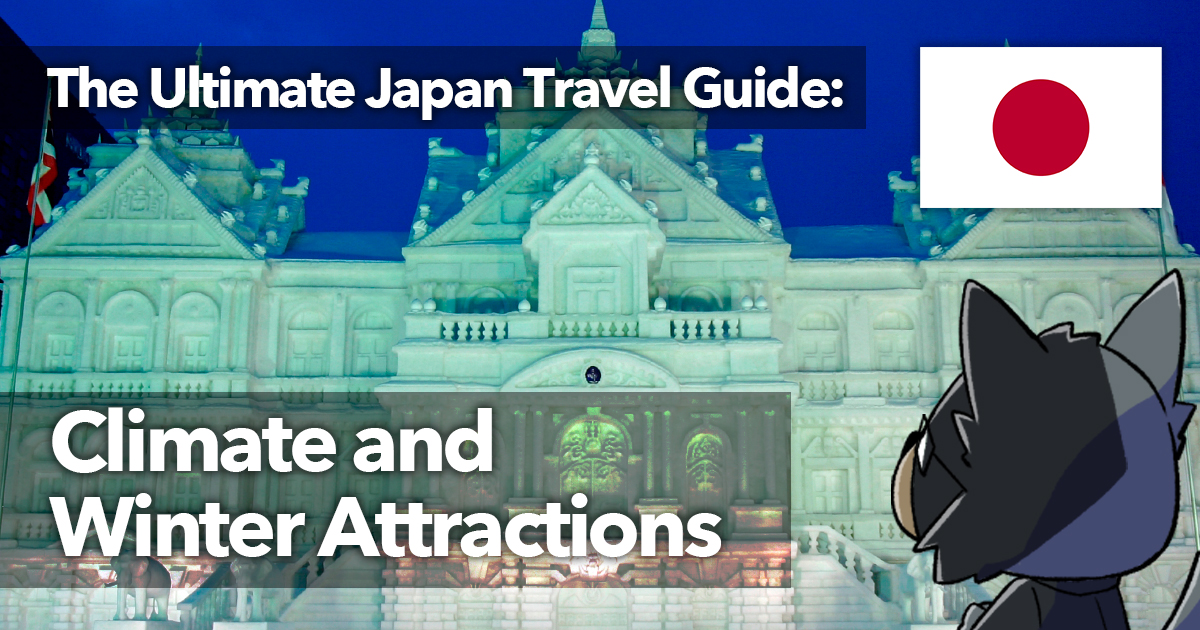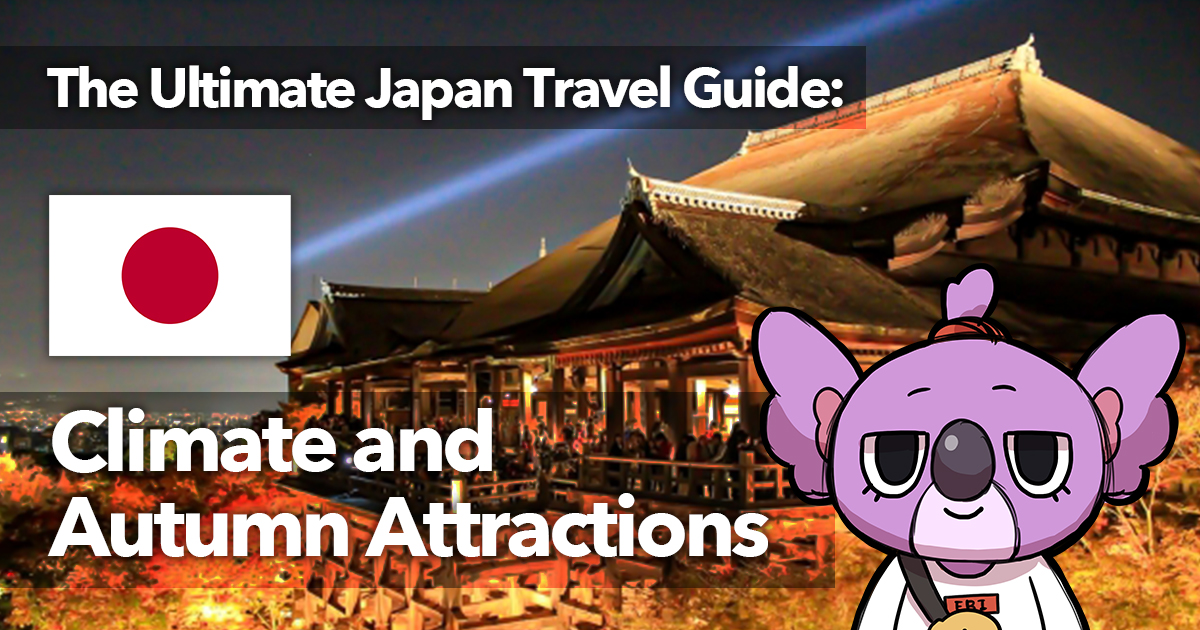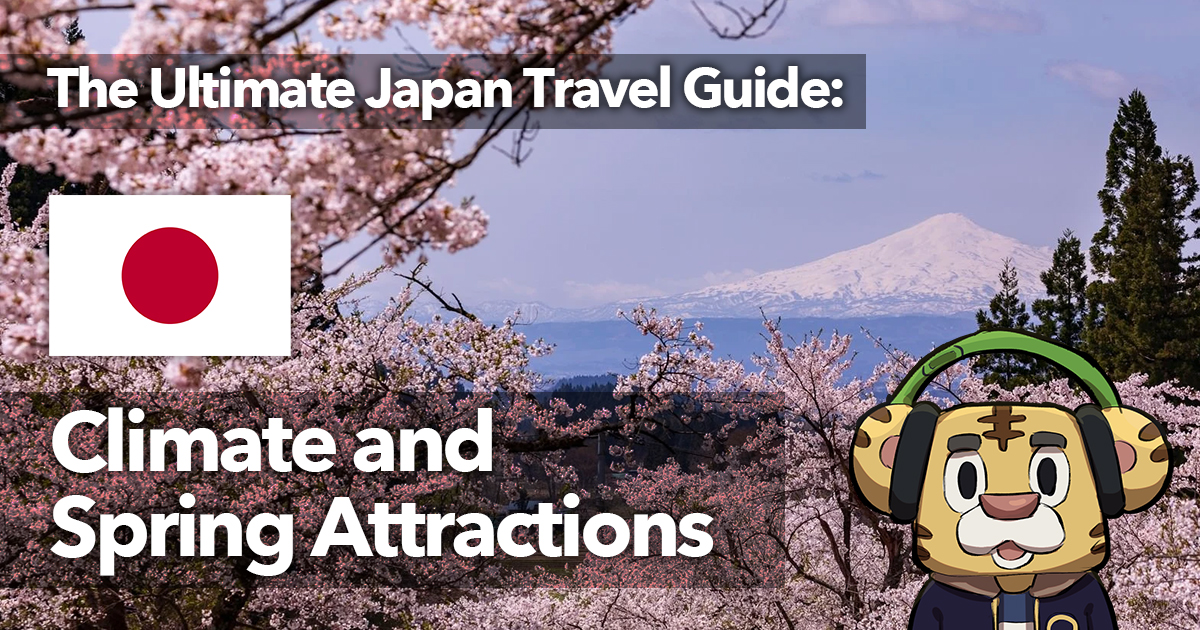introduction
More and more travelers are attracted by the beautiful scenery and culture of Japan. Japan is a country where one can enjoy seasonal landscapes and events, and many people are attracted to the country by these attractions. However, since the climate in Japan varies from region to region, it is important to consider the climate when planning a trip. In this article, we will show you how to create a travel plan based on Japan’s climate.

Characteristics of the Four Seasons in Japan
First of all, let me introduce the characteristics of the four seasons in Japan. Japan has four distinct seasons, each with a different charm.
Spring is the season of cherry blossoms and cherry blossom viewing. Cherry blossoms are the national flower of Japan, and the blooming of cherry blossoms is looked forward to throughout the country in spring. When the cherry blossoms bloom, cherry blossom viewing parties are held in parks and along riversides, offering beautiful scenery. Spring also has a mild climate, making it an ideal season for strolling and sightseeing.
Summer is hot and humid, but outdoor activities at the sea and in the mountains abound. Because Japan is surrounded by the sea, there are many beautiful beaches and resorts. There are also many mountainous areas where visitors can enjoy activities such as mountain climbing and hiking. Summer also offers a lively atmosphere with many festivals and fireworks displays.
Autumn is the season of beautiful autumn leaves, food, and festivals. Autumn in Japan is a time when the trees change colors and beautiful autumn foliage unfolds. Especially in ancient capitals such as Kyoto and Nara, events and light-up events are held to enjoy the autumn leaves and fantastic scenery. Autumn is also a season of delicious food, and visitors can enjoy the autumn flavors of new rice, mushrooms, chestnuts, and other delicacies. In addition, many festivals and events are held, allowing visitors to experience local culture and traditions.
Winter can be cold, but skiing and hot spring trips are popular. Japan is a mountainous country and many ski resorts open in winter. Not only can one enjoy skiing and snowboarding, but there are also many hot spring resorts where one can enjoy hot spring trips. Winter is also a time of great festivities, with Christmas and New Year’s celebrations, beautiful illuminations, and special foods.
These are the characteristics of the four seasons in Japan. Each season has different attractions, so when planning your trip, it is important to consider which season’s attractions you wish to enjoy. In the next section, we will provide detailed information on recommended sightseeing spots and activities for each season.
Climate and characteristics of each season
Spring Climate and Recommended Travel Destinations
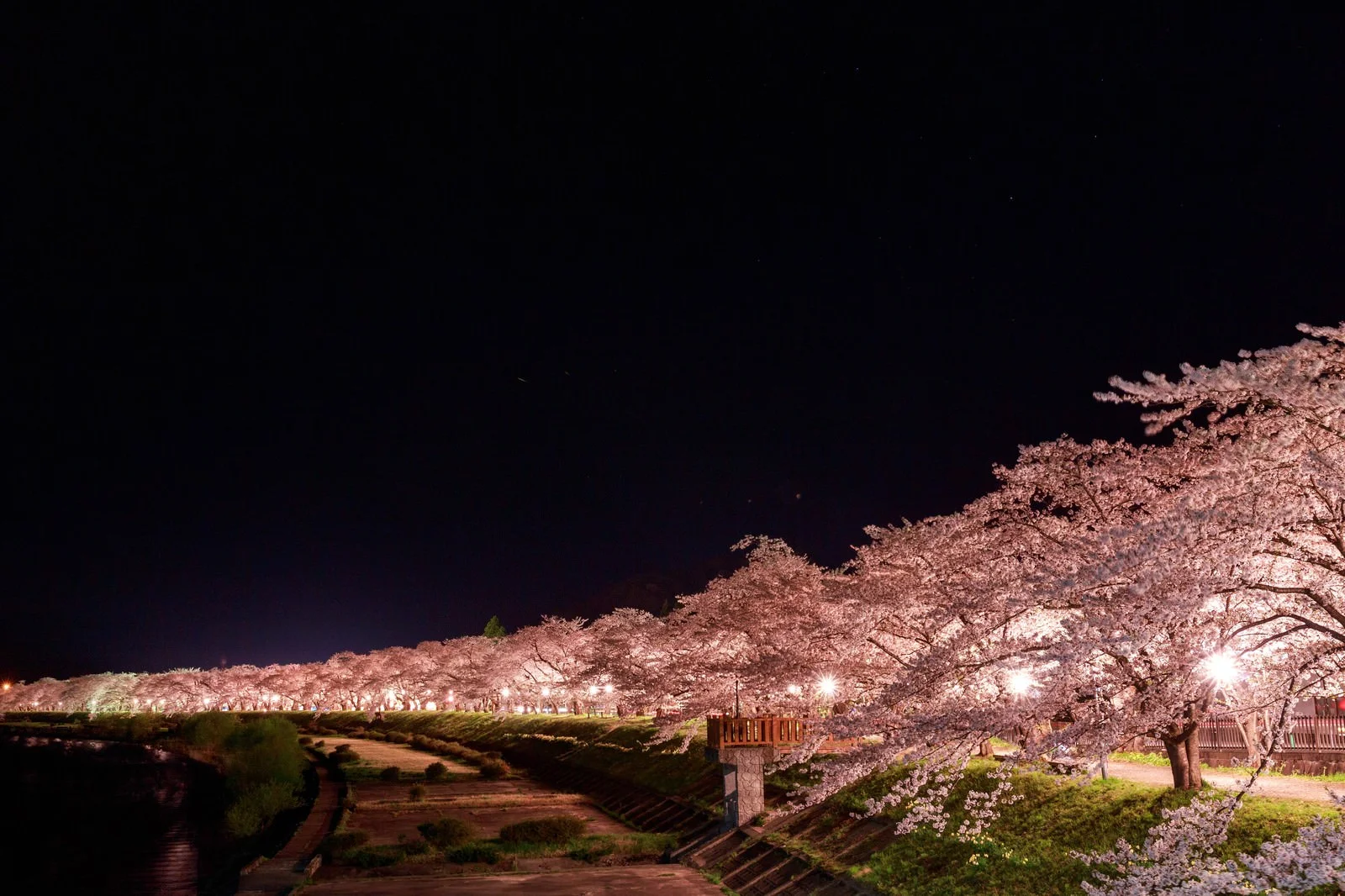
Spring is one of the most beautiful seasons in Japan, and cherry blossoms are especially popular. Cherry blossom forecasts are announced every year on the news and the Internet, and many people head out to enjoy the blossoms. There are many recommended hanami spots, but the most famous are Ueno Park and Shinjuku Gyoen in Tokyo, and Philosophical Path and Arashiyama in Kyoto. At these places, you can have a picnic while enjoying the beauty of cherry blossoms. In addition, various festivals and events are held in cities such as Tokyo and Kyoto as spring events. For example, in Tokyo, there is the Sakura Matsuri (Cherry Blossom Festival).
Summer Climate and Recommended Destinations

Summer is a very hot and humid season in Japan. When traveling during this season, it is necessary to take measures to cope with the heat and humidity. We recommend that you choose light, cool clothing and bring items such as sunscreen, a hat, and a fan. Hokkaido, Okinawa, and other resort destinations are popular summer destinations. Hokkaido offers cool weather and beautiful nature, while Okinawa offers beautiful beaches and swimming. Many fireworks displays and summer festivals are also held in summer, so attending these events is also recommended.
Autumn weather and recommended destinations
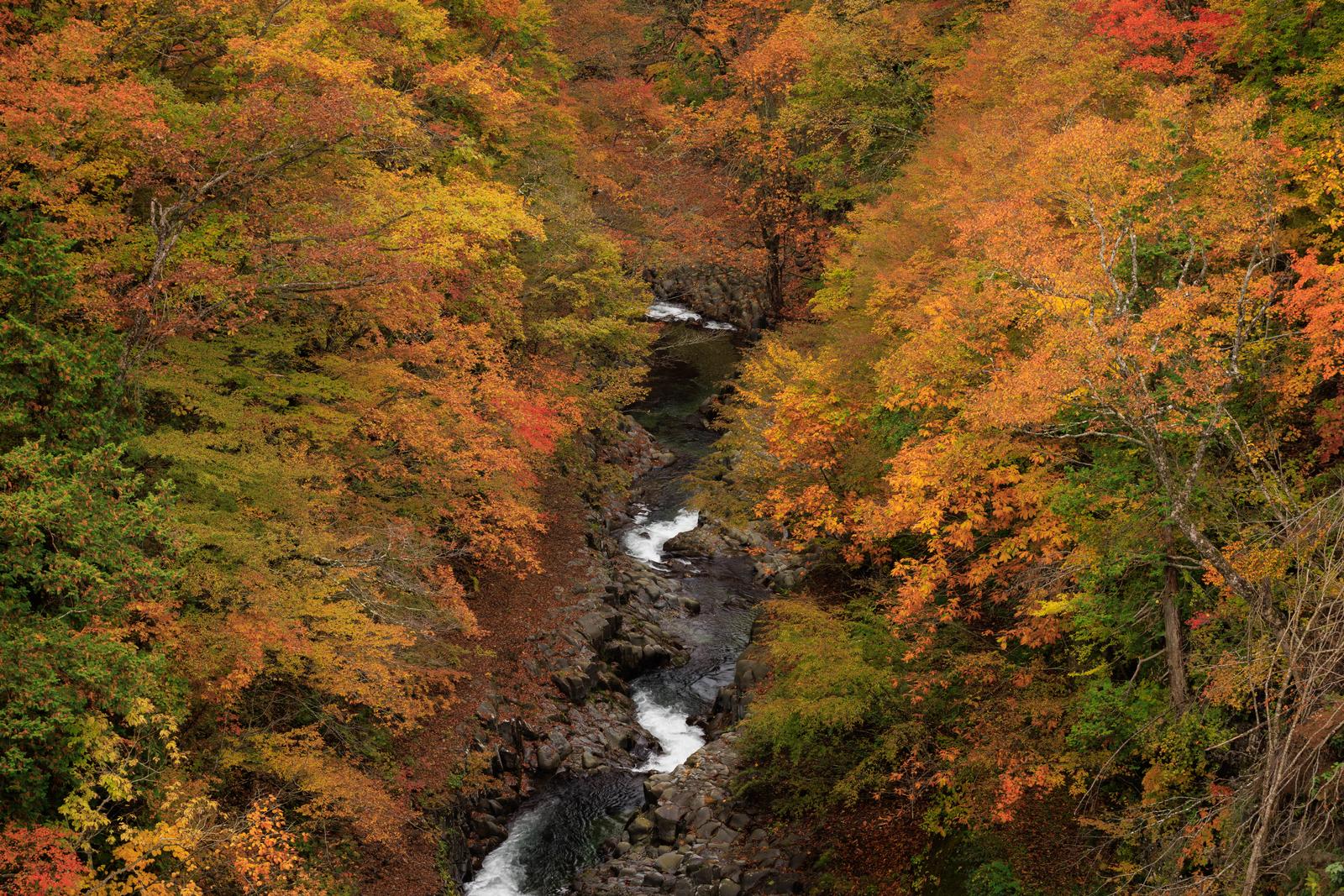
Autumn is one of the most beautiful seasons in Japan and the best time to view the autumn leaves. The best time to view the autumn leaves varies from region to region. For example, Arashiyama in Kyoto, Yoshinoyama in Nara, Mt. Takao in Tokyo, Hakone in Kanagawa, and Nikko in Tochigi are famous for their autumn foliage. In these places, visitors can stroll around and enjoy the beautiful autumn leaves. Autumn is also a season for enjoying food and festivals. In some areas, visitors can enjoy autumn delicacies such as new rice, chestnuts, and sweet potatoes, while festivals offer traditional events and parades.
Winter Climate and Recommended Destinations
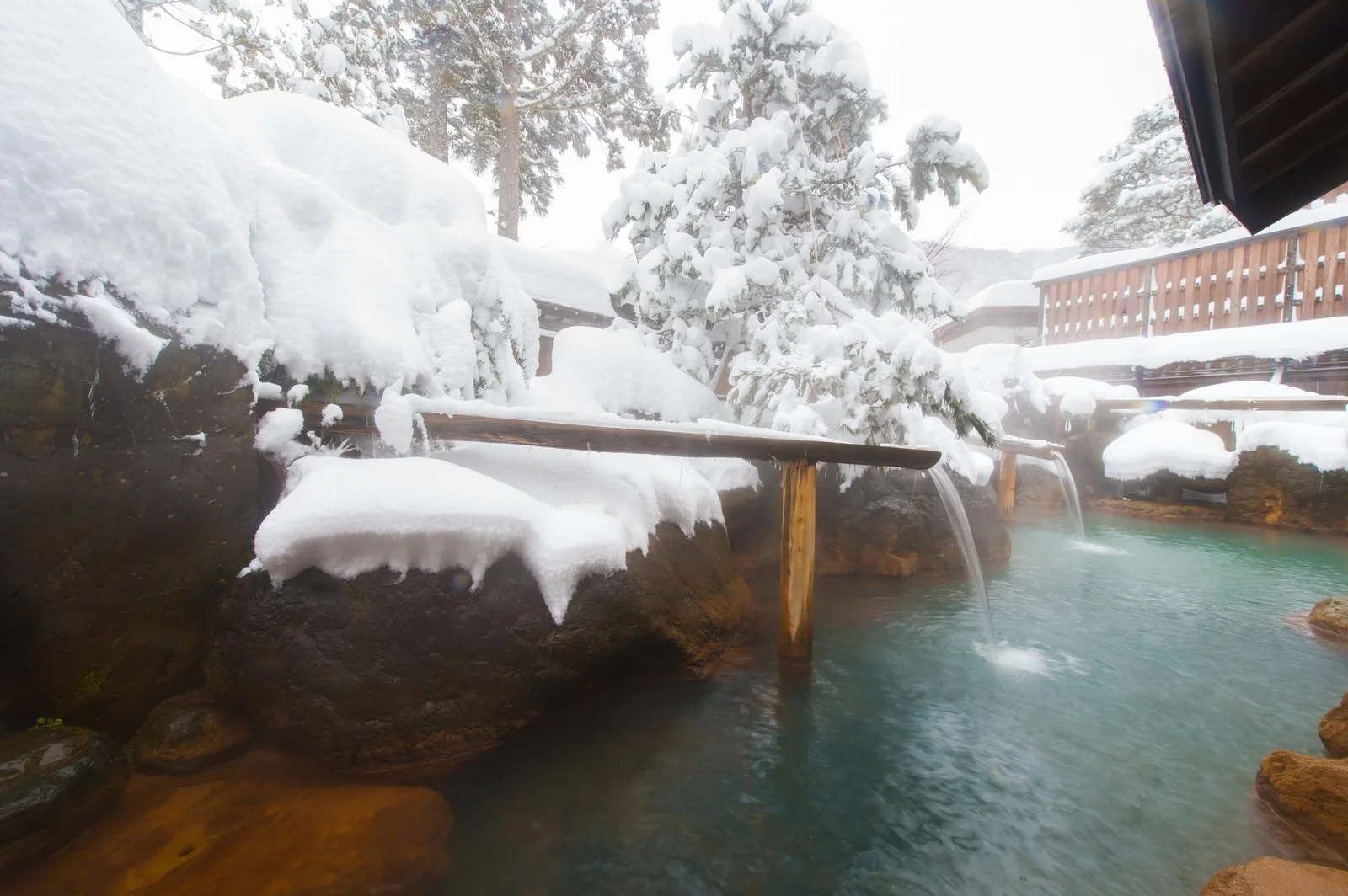
In winter, the weather in Japan can be cold, so you will need clothing and accessories to prepare for the cold. It is recommended that you bring a heavy coat, scarf, and gloves. The most popular winter destinations are areas where skiing and hot spring travel can be enjoyed. Ski resorts such as Niseko in Hokkaido, Hakuba in Nagano, and Zao in Yamagata allow you to enjoy skiing and snowboarding while enjoying beautiful snowy scenery. Onsen (hot spring) resorts also offer the opportunity to relax while taking a warm bath. Winter travelers can also enjoy events such as snow festivals and illumination, so be sure to participate in those events as well.
Travel Planning Points by Climate
Climate is a very important factor when planning a trip. Checking climate data such as temperature, precipitation, and humidity in advance will help ensure your comfort during your trip. Also, different events and festivals may be held in different seasons, so it is important to know the schedule of these events and festivals. Below are some more tips for planning your trip based on climate.
How to check climate data such as temperature, precipitation, and humidity
To understand the climate of a destination, it is important to check climate data such as temperature, precipitation, and humidity. This information can be obtained from Japan Meteorological Agency, weather websites of each country, and travel guidebooks. In particular, local weather service websites often provide accurate information, so be proactive in using them.
Temperatures can greatly affect your comfort while traveling. When traveling to hot regions, light clothing and sunscreen are necessary. Conversely, travel to colder regions requires heavy clothing and warm clothing. Rainfall and humidity are also factors that affect comfort. In rainy areas, you will need to bring an umbrella or raincoat. In areas with high humidity, it is important to hydrate frequently, as you will sweat more easily.
How to choose clothing and personal belongings for comfort during the trip
To ensure comfort during your trip, it is important to choose appropriate clothing and personal belongings. First, choose clothing that is appropriate for the climate of the destination. For travel to hotter regions, lightweight clothing and clothing made of cooler materials are recommended. Conversely, if you are traveling to a colder region, you will need thicker clothes and warmer clothing. It is also a good idea to prepare light jackets, folding umbrellas, and other personal belongings in case of unexpected climate changes.
In addition, it is important to select clothing and personal belongings according to the activities you plan to engage in during your trip. For example, if you plan to hike or engage in outdoor activities, you will need to choose comfortable clothing and appropriate shoes. If you are traveling to a beach resort, you will need to bring swimsuits and beach towels. It is recommended that you choose appropriate clothing and personal belongings according to your activities and plans for the destination.
How to keep track of seasonal events and festival schedules
Different events and festivals may be held in different seasons, so it is important to know the schedule of these events and festivals. In particular, since seasonal events and festivals are abundant in Japan, it is advisable to gather information in advance to enjoy them in your travel plans.
Event and festival schedules can be obtained from tourist bureaus, official event websites, and travel guidebooks. Information can also be obtained from social networking sites and travel forums, which should be actively utilized. Events and festivals are great opportunities to experience local culture and customs, so incorporating them into your travel plans will make your trip more fulfilling.
These are the key points for trip planning according to climate and season. Checking climate data, choosing appropriate clothing and personal belongings, and knowing the schedule of seasonal events and festivals are essential to ensure comfort and enjoyment during your trip. We encourage you to use these pointers to help you plan your trip to choose the ideal season.
summary
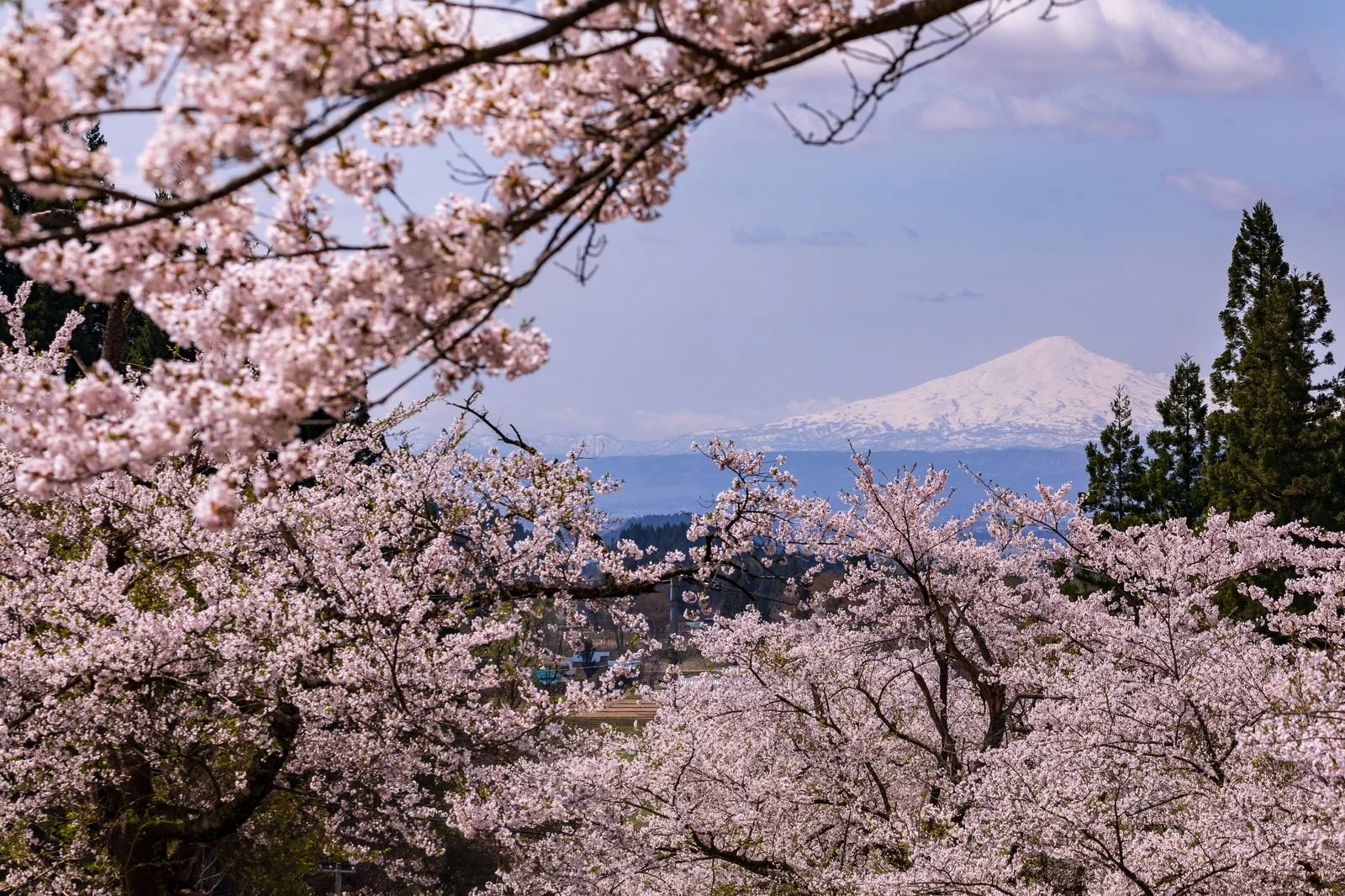
Spring is the season of cherry blossoms, and beautiful Japanese flowers can be enjoyed. In particular, there are many famous cherry blossom viewing spots in Kyoto and Tokyo.
Summer is hot and humid, but visitors can enjoy water sports at the beach or pool, summer festivals, and other unique summer activities. There are also cooler regions such as Hokkaido and the high mountains, which are popular as summer retreats.
Autumn is the season of autumn leaves, and visitors can enjoy the beautiful nature of Japan. In particular, viewing the autumn leaves at temples and parks in Kyoto and Nara is very popular, and visitors can enjoy the autumn scenery.
Winter is cold, but winter sports such as skiing and snowboarding can be enjoyed. Onsen (hot spring) trips to hot spring resorts are also popular, allowing visitors to forget about the cold.
The climate in Japan varies from region to region, so it is important to check the climate of your destination when planning your trip. In addition, some seasons can be crowded, so advance reservations and planning are necessary.
When planning a trip to Japan, it is important to pay attention not only to the climate, but also to the sights and culture of the destination. You can also enjoy seasonal events and experiences, such as traditional Japanese festivals and foods.
Choosing the best season for your Japan travel objectives will help you make the most of your trip to Japan. To enjoy the beautiful scenery and culture of each of the four seasons, we recommend that you consider the climate when planning your trip and enjoy activities and events that are appropriate for the season.






